South Africa’s coastal parks offer something truly special—the chance to spot elephants wandering across pristine beaches and watch whales breach just offshore while lions roam the nearby bushveld. The magic lies in the incredible diversity these parks offer, where you can literally go from spotting the Big Five to swimming with penguins in the same day.
These coastal wilderness areas represent some of South Africa’s most successful conservation stories, protecting everything from massive elephant herds to tiny endemic plants found nowhere else on Earth. Here is a list of 15 South African coastal safaris in wild parks that combine world-class wildlife viewing with stunning ocean scenery.
Addo Elephant National Park
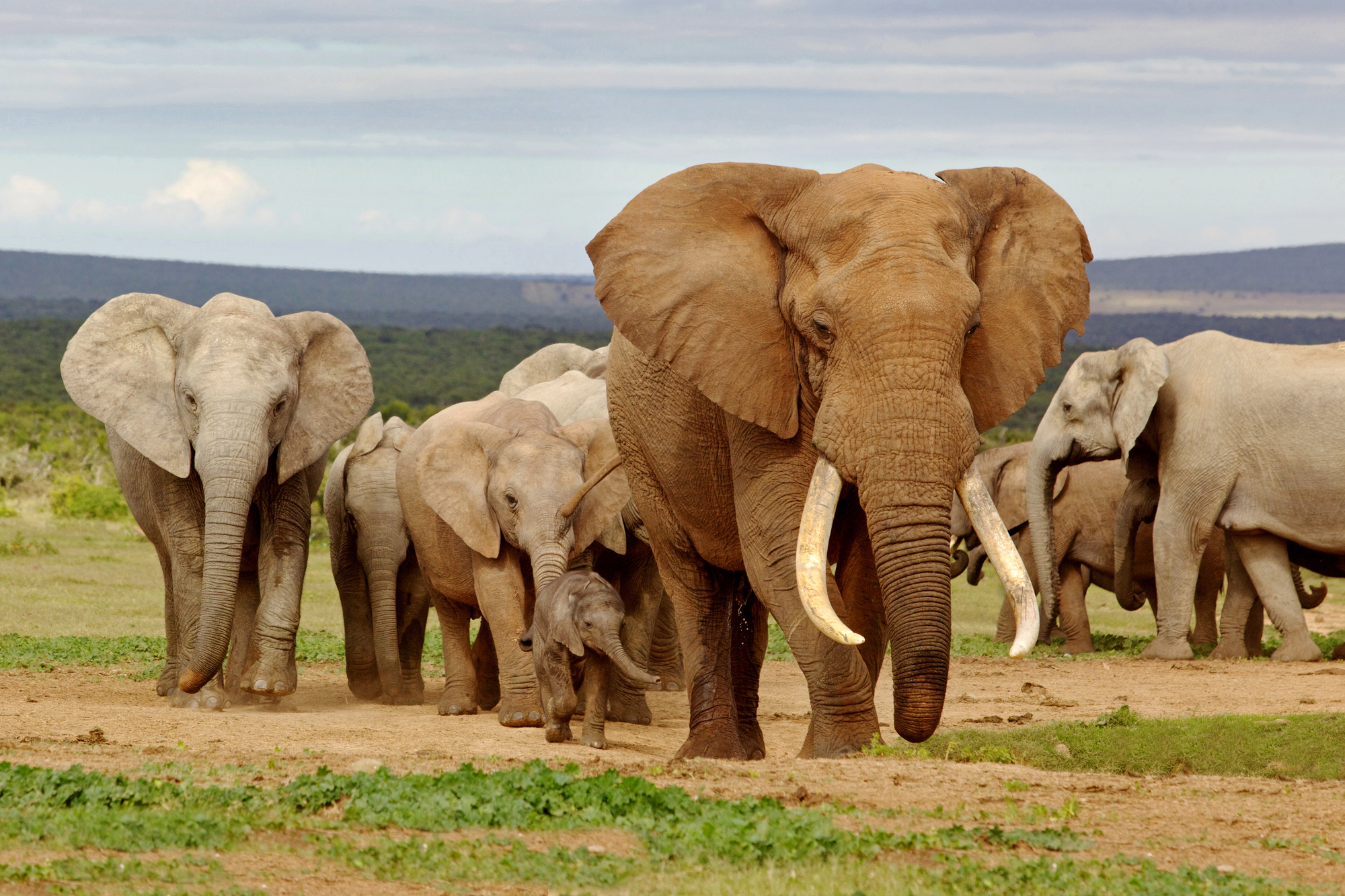
This Eastern Cape park protects one of the densest elephant populations on Earth, with over 600 of these gentle giants roaming freely across diverse landscapes that stretch from bushveld to pristine beaches. The park’s coastal section includes the Algoa Bay Marine Protected Area, where visitors can spot southern right whales, dolphins, and great white sharks just offshore.
Game drives here offer the unique experience of watching elephants emerge from dense thicket vegetation onto sandy beaches, where they sometimes wade into the surf. The park also protects the rare flightless dung beetle and serves as a breeding ground for African penguins on nearby St. Croix Island.
Garden Route National Park
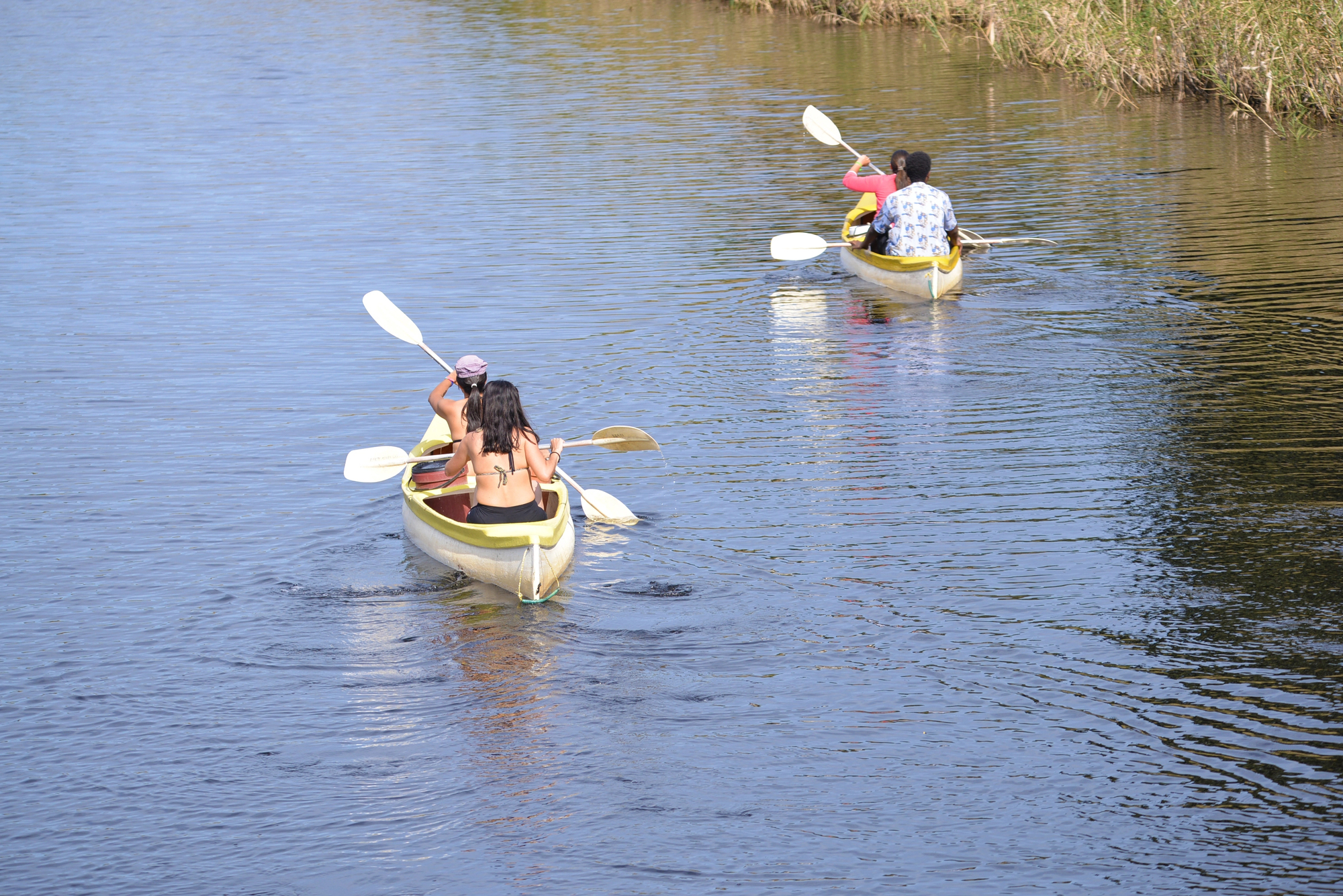
Stretching along the famous Garden Route, this park combines ancient indigenous forests with rugged coastline in a landscape that feels almost primordial. The Tsitsikamma section offers spectacular hiking trails that wind between towering yellowwood trees and dramatic cliff-top viewpoints overlooking the Indian Ocean.
Marine life here includes dolphins, seals, and migrating whales, while the forests shelter bushbuck, blue duiker, and over 220 bird species. The Storms River mouth provides one of South Africa’s most iconic scenes, where a suspension bridge spans a deep gorge carved by millennia of river flow meeting ocean waves.
Hluhluwe-iMfolozi Park
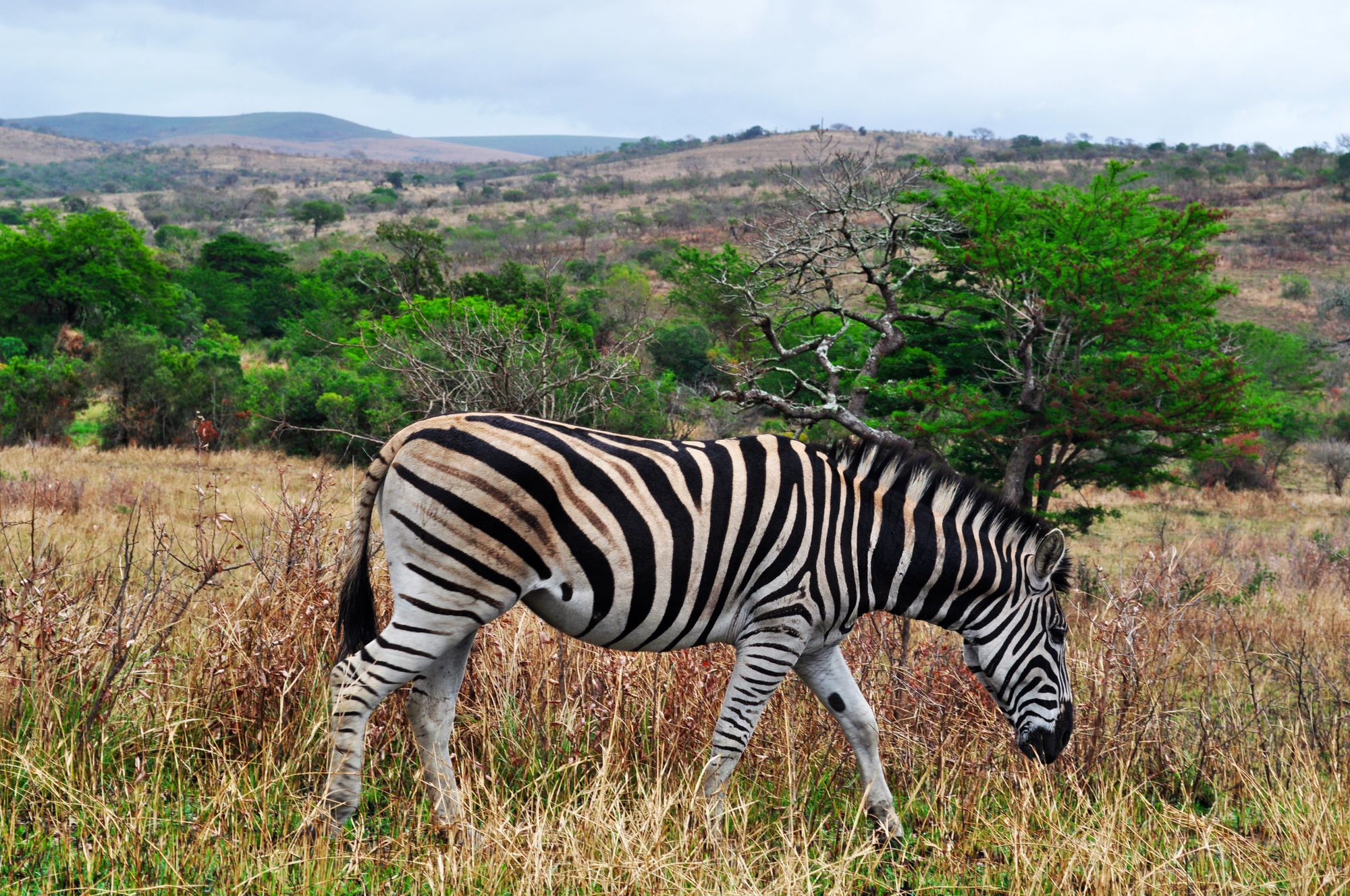
Known as Africa’s oldest proclaimed nature reserve, this KwaZulu-Natal park sits just 20 miles from the Indian Ocean and offers incredible Big Five viewing in rolling hills covered with African savanna. The park’s successful white rhino conservation program saved the species from extinction, and today, visitors regularly encounter both black and white rhinos during game drives.
The landscape varies from river valleys lined with fever trees to thornveld-covered ridges that provide panoramic views toward the distant ocean. Cultural experiences include visits to nearby Zulu villages where traditional life continues much as it has for centuries.
Like Travel Pug’s content? Follow us on MSN.
iSimangaliso Wetland Park
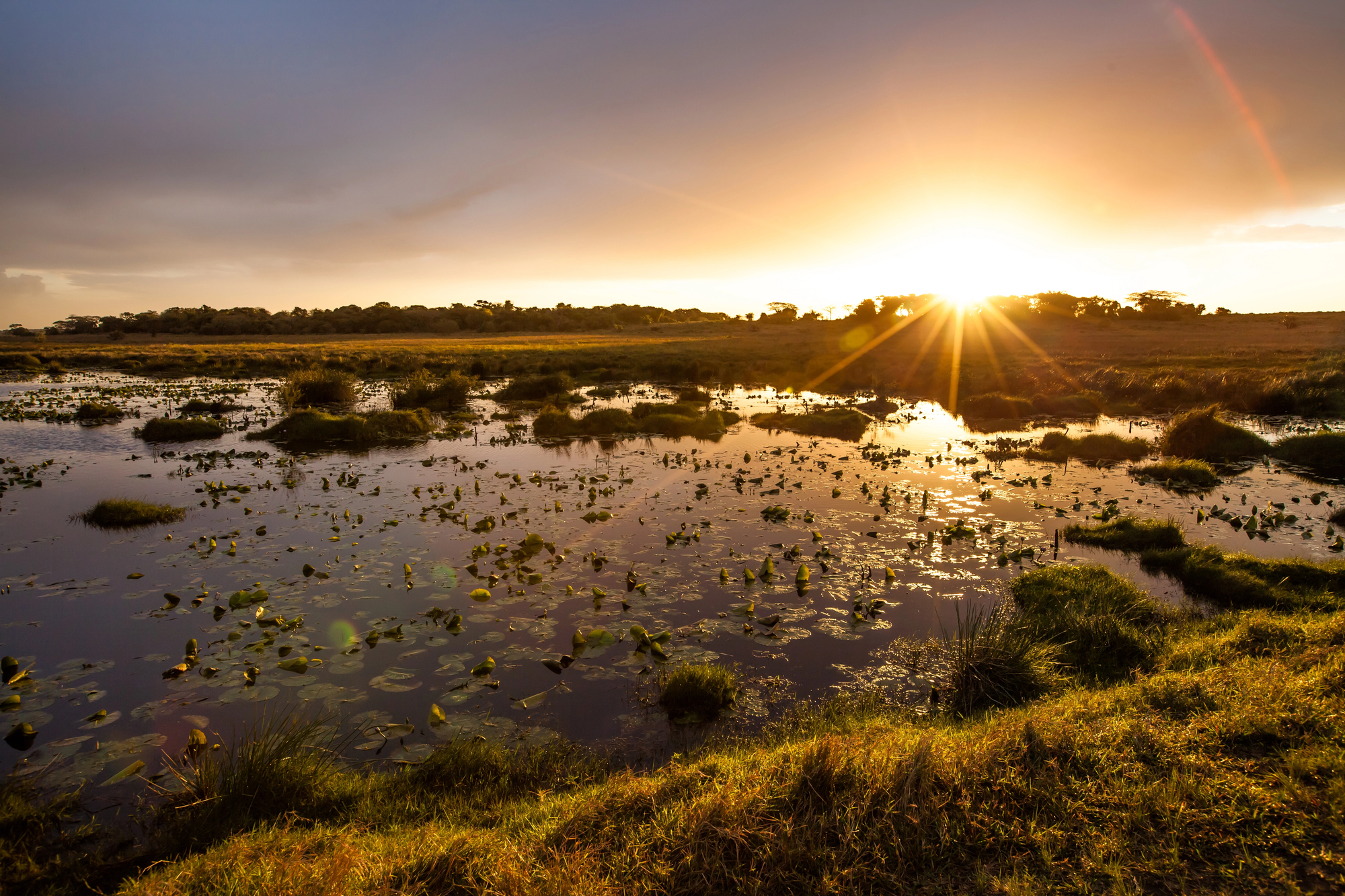
This UNESCO World Heritage site protects Africa’s largest estuarine system along with pristine beaches, coral reefs, and coastal forests teeming with wildlife. The park offers incredible diversity, from hippos and crocodiles in Lake St. Lucia to loggerhead and leatherback turtles nesting on remote beaches.
Snorkeling and diving at Sodwana Bay reveal colorful coral reefs that rival anything in the tropical Pacific, while game drives through coastal forests can yield sightings of elephants, leopards, and rare antelope species.
West Coast National Park
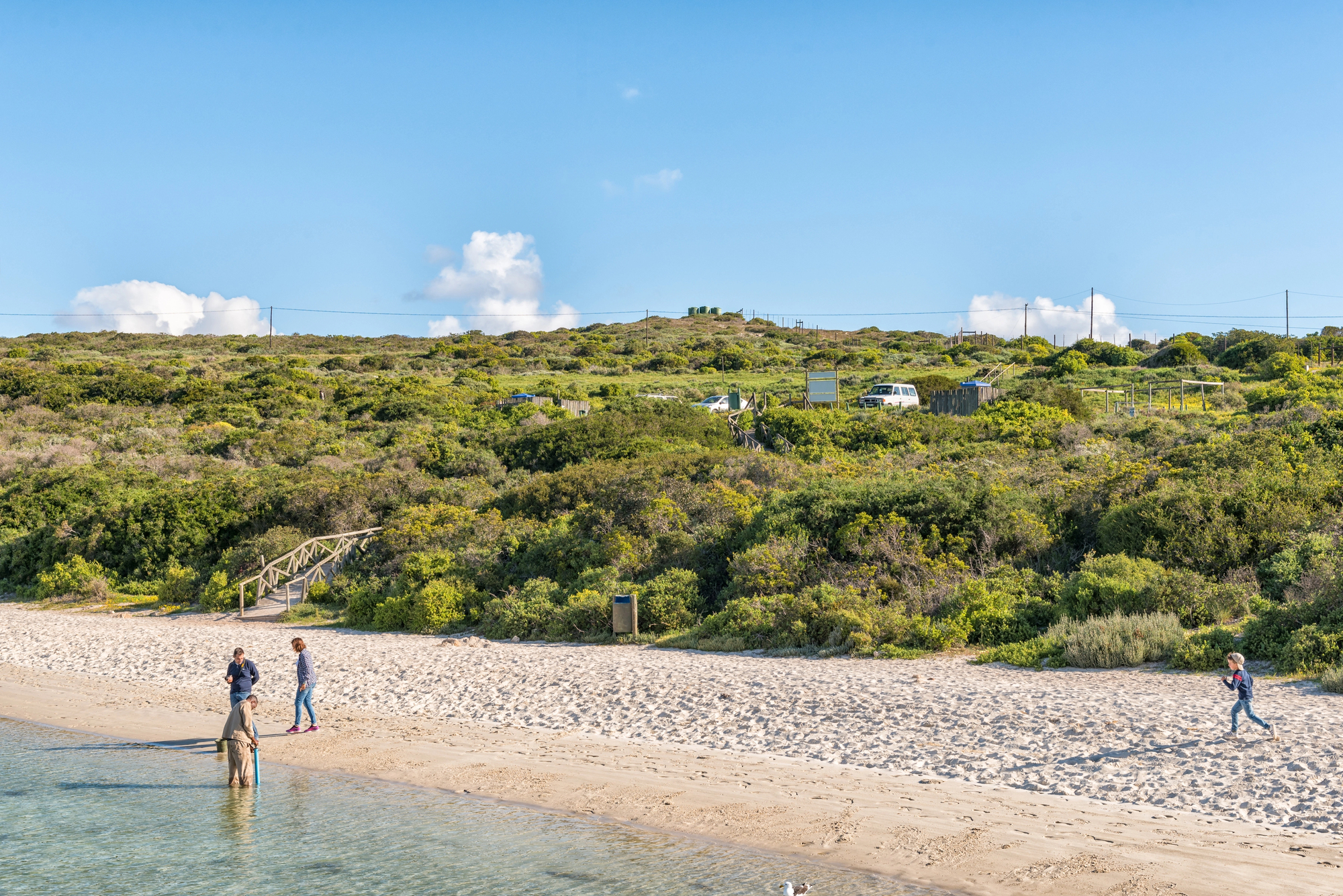
Located an hour north of Cape Town, this park protects a remarkable coastal ecosystem where the cold Atlantic Ocean meets the African continent. The centerpiece is Langebaan Lagoon, a massive tidal inlet that serves as a crucial stopover for millions of migratory birds traveling between Arctic breeding grounds and African wintering areas.
Spring wildflower displays here are legendary, transforming the typically arid landscape into carpets of orange, white, and purple blooms that stretch to the horizon. The park also protects important archaeological sites with evidence of human habitation dating back over 100,000 years.
Bontebok National Park
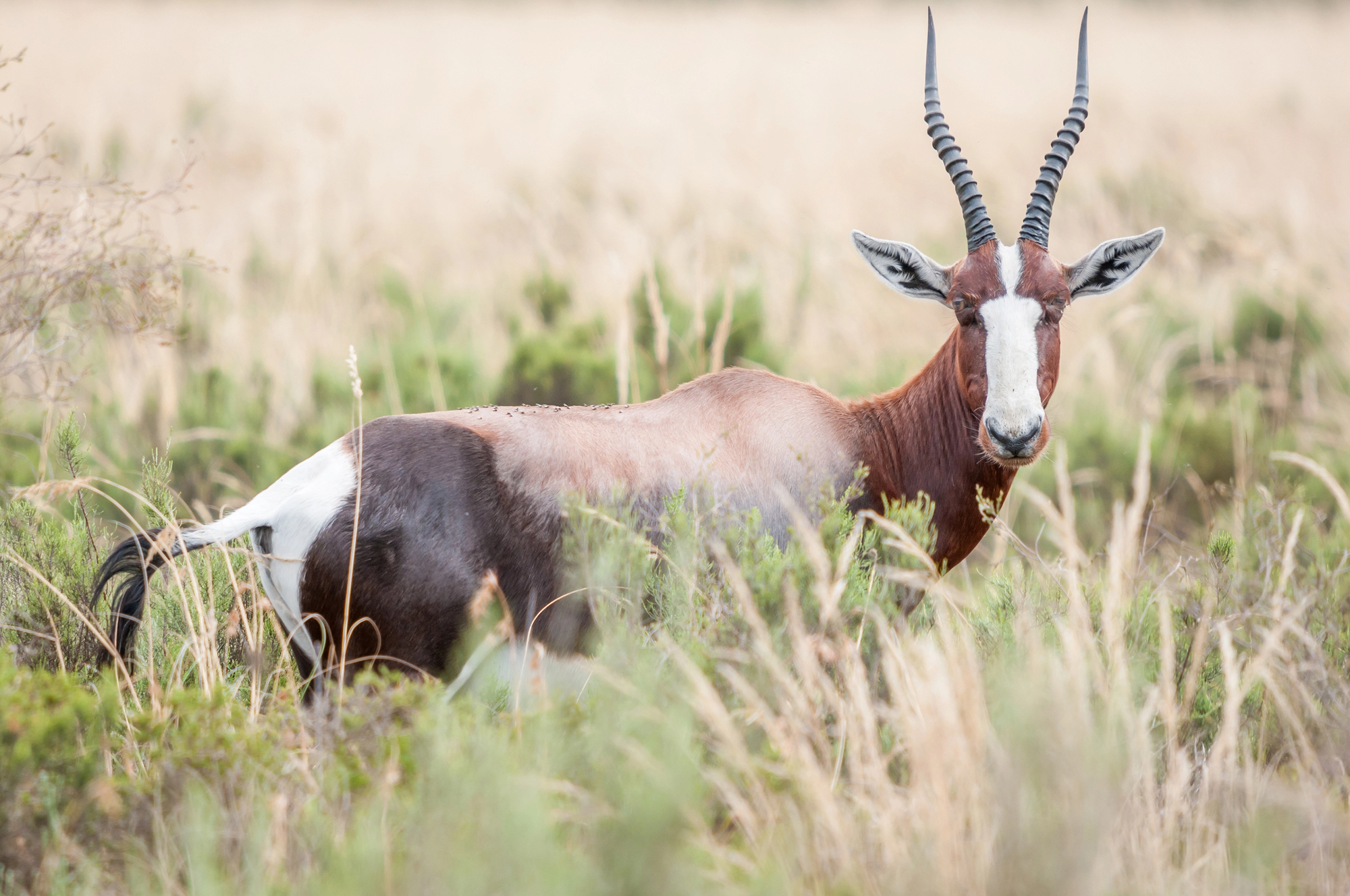
This small but significant park near Swellendam protects the rare bontebok antelope, which was saved from extinction through dedicated conservation efforts in the early 20th century. The park’s location in the heart of the fynbos biome means incredible plant diversity, with over 470 plant species, including many that exist nowhere else on Earth.
The Breede River winds through the park, creating riparian habitats that support a variety of waterbirds and small mammals. Though compact at just 11 square miles, the park offers excellent hiking trails and some of the best fynbos wildflower viewing in the Western Cape.
Like Travel Pug’s content? Follow us on MSN.
Goukamma Nature Reserve

Nestled between Knysna and Plettenberg Bay along the Garden Route, this reserve protects 14 miles of pristine coastline along with the Goukamma River estuary. The landscape includes everything from rocky shorelines and sandy beaches to coastal fynbos and milkwood forests.
Birdwatchers flock here to spot the rare African black oystercatcher, which nests on rocky shores and feeds in tidal pools. The reserve also offers excellent whale watching opportunities, particularly during the southern right whale breeding season from June to November.
De Hoop Nature Reserve
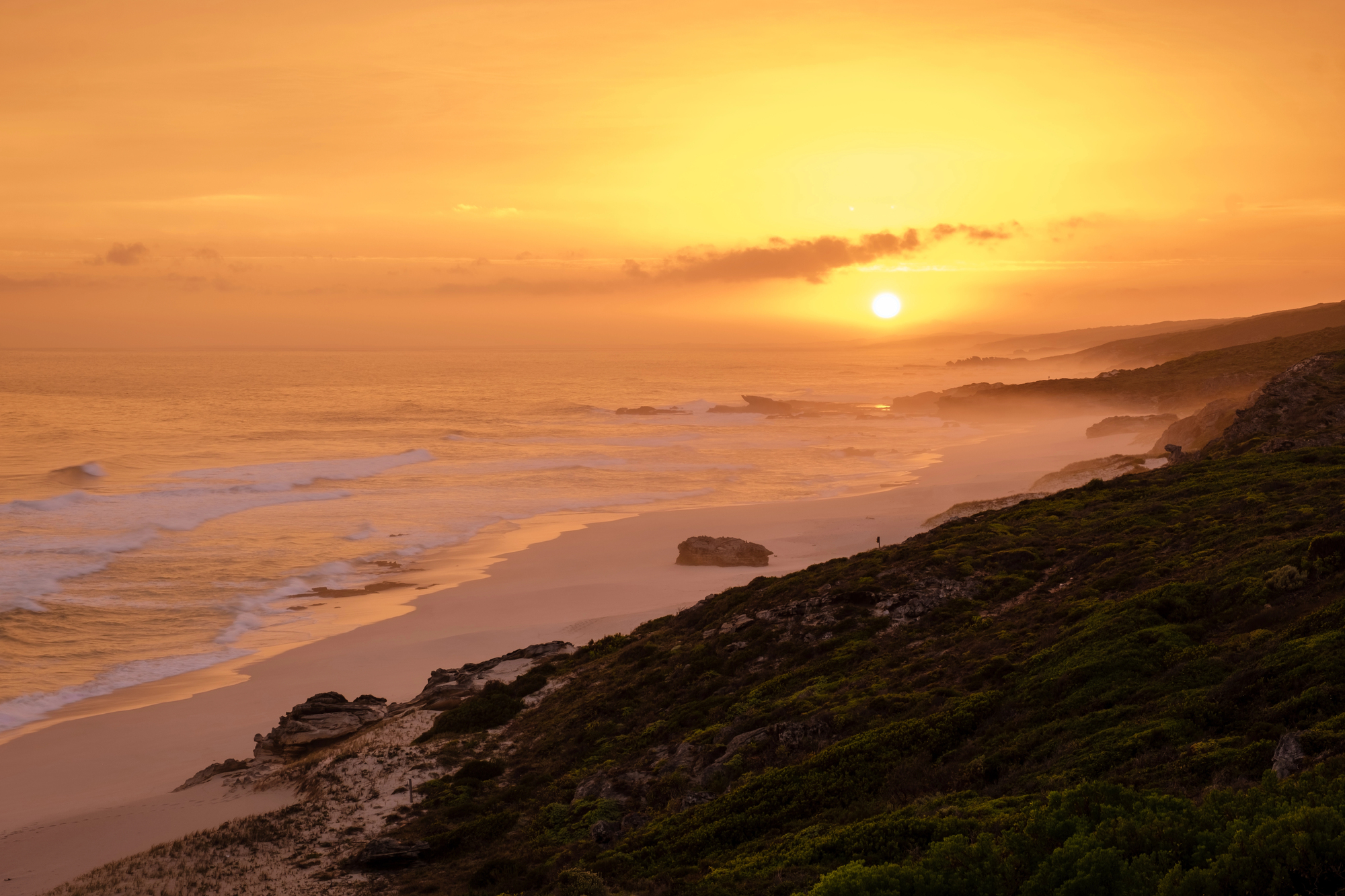
This Western Cape reserve combines spectacular coastal scenery with significant marine wildlife viewing opportunities, particularly for southern right whales that breed in the protected waters of De Hoop Vlei. The reserve’s 21 miles of coastline include some of South Africa’s most pristine beaches, accessible only on foot and consequently almost always deserted.
Inland areas protect important populations of bontebok, eland, and Cape mountain zebra, while the vlei system supports over 260 bird species. The Marine Protected Area extends three miles offshore, creating a sanctuary for great white sharks, seals, and dolphins.
Keurbooms River Nature Reserve

Located near Plettenberg Bay, this reserve protects the pristine Keurbooms River estuary along with surrounding coastal forests and fynbos-covered hills. The estuary serves as a nursery for various fish species and attracts large numbers of waterbirds, including fish eagles, kingfishers, and herons.
Canoeing up the river reveals a hidden world of yellowwood forests and crystal-clear pools perfect for swimming. The reserve also offers hiking trails that lead to viewpoints overlooking Plettenberg Bay and the Tsitsikamma Mountains.
Like Travel Pug’s content? Follow us on MSN.
Robberg Nature Reserve
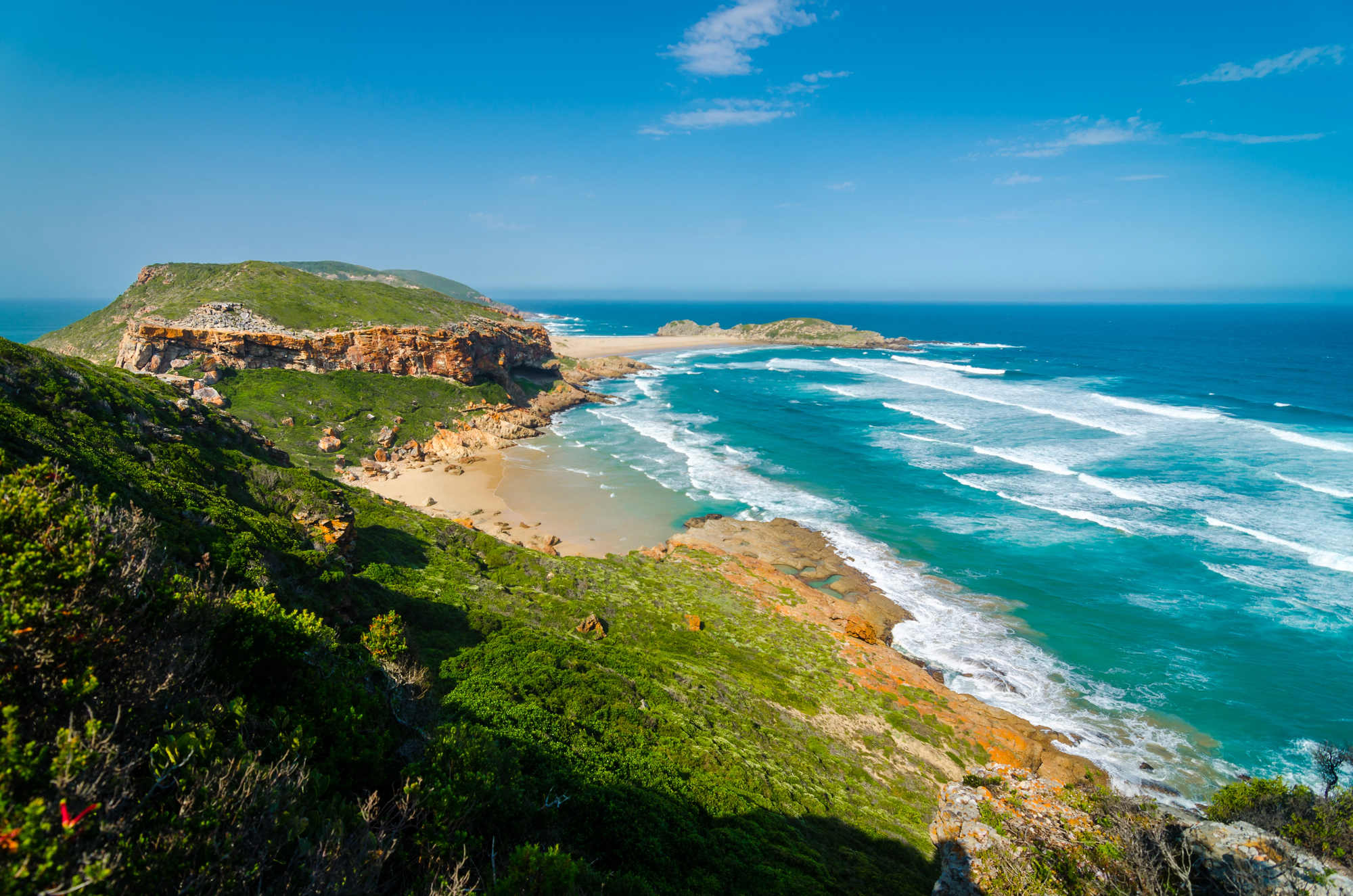
This dramatic peninsula near Plettenberg Bay juts 2.5 miles into the Indian Ocean, creating one of South Africa’s most spectacular coastal hiking destinations. The reserve protects important breeding colonies of Cape fur seals, which can be observed from clifftop viewpoints or encountered while swimming in sheltered bays.
Archaeological evidence shows continuous human occupation of the area for over 120,000 years, making it one of the longest records of human habitation anywhere in the world.
Wilderness National Park
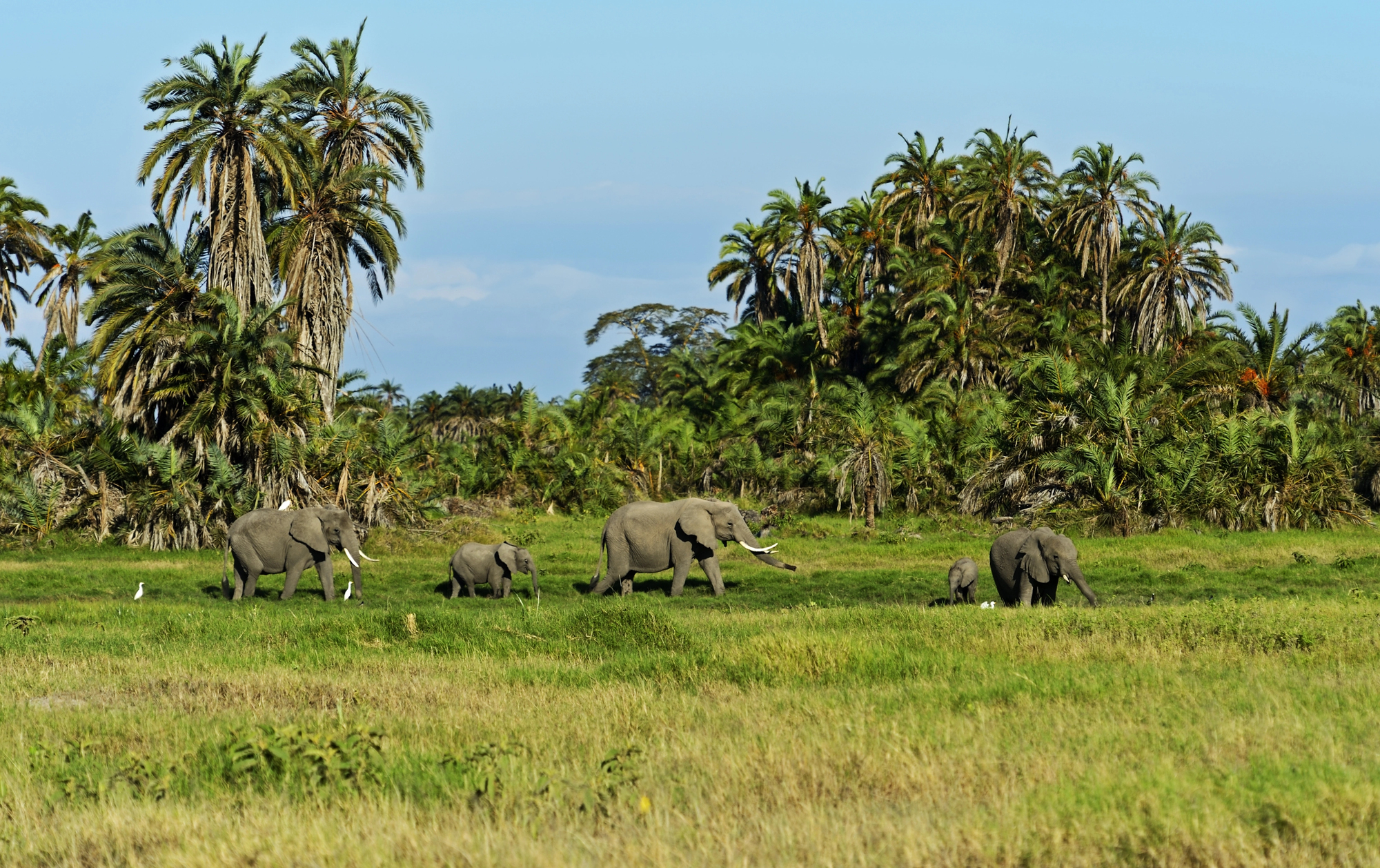
Part of the larger Garden Route National Park, this section protects a chain of coastal lakes connected by the Touw River as it meanders toward the Indian Ocean. The lakes system creates unique habitats that support both freshwater and marine species, including the endangered Knysna seahorse found only in a few Southern Cape estuaries.
Canoeing through the reed-lined channels offers intimate wildlife encounters, from kingfishers and fish eagles to occasional otters and water monitors. The park’s location between the Outeniqua Mountains and the ocean creates diverse microclimates that support an incredible variety of plant and animal life.
Still Bay Marine Protected Area
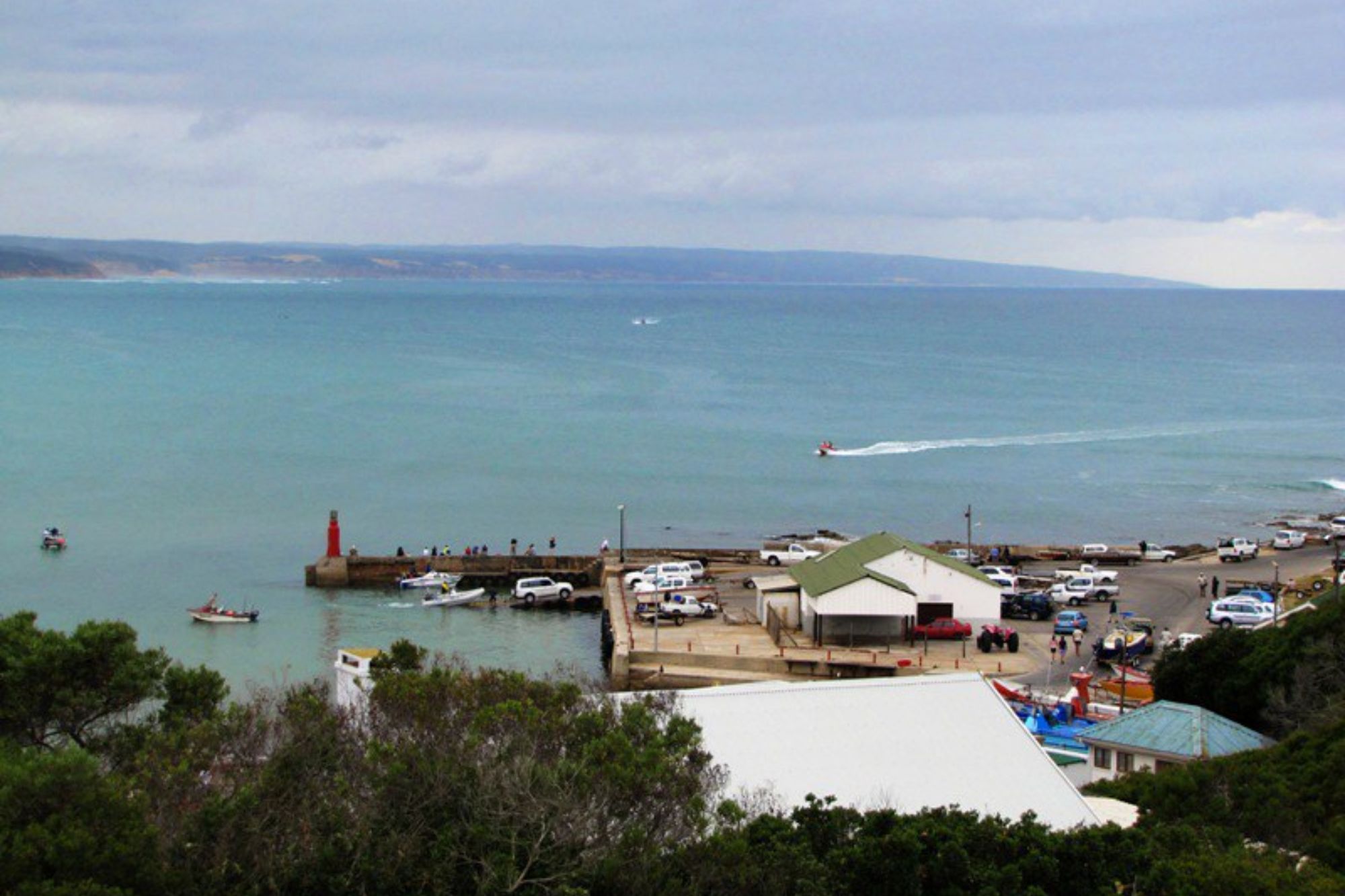
This small coastal reserve protects important rocky shoreline habitats along with one of South Africa’s most significant shell middens, providing evidence of early human coastal adaptations. The Marine Protected Area extends offshore to protect kelp forests and rocky reefs that support diverse fish communities and marine invertebrates.
Shore-based whale watching is excellent here, particularly for southern right whales that frequently approach close to shore. The reserve also protects nesting sites for African black oystercatchers and other coastal bird species.
Like Travel Pug’s content? Follow us on MSN.
Agulhas National Park
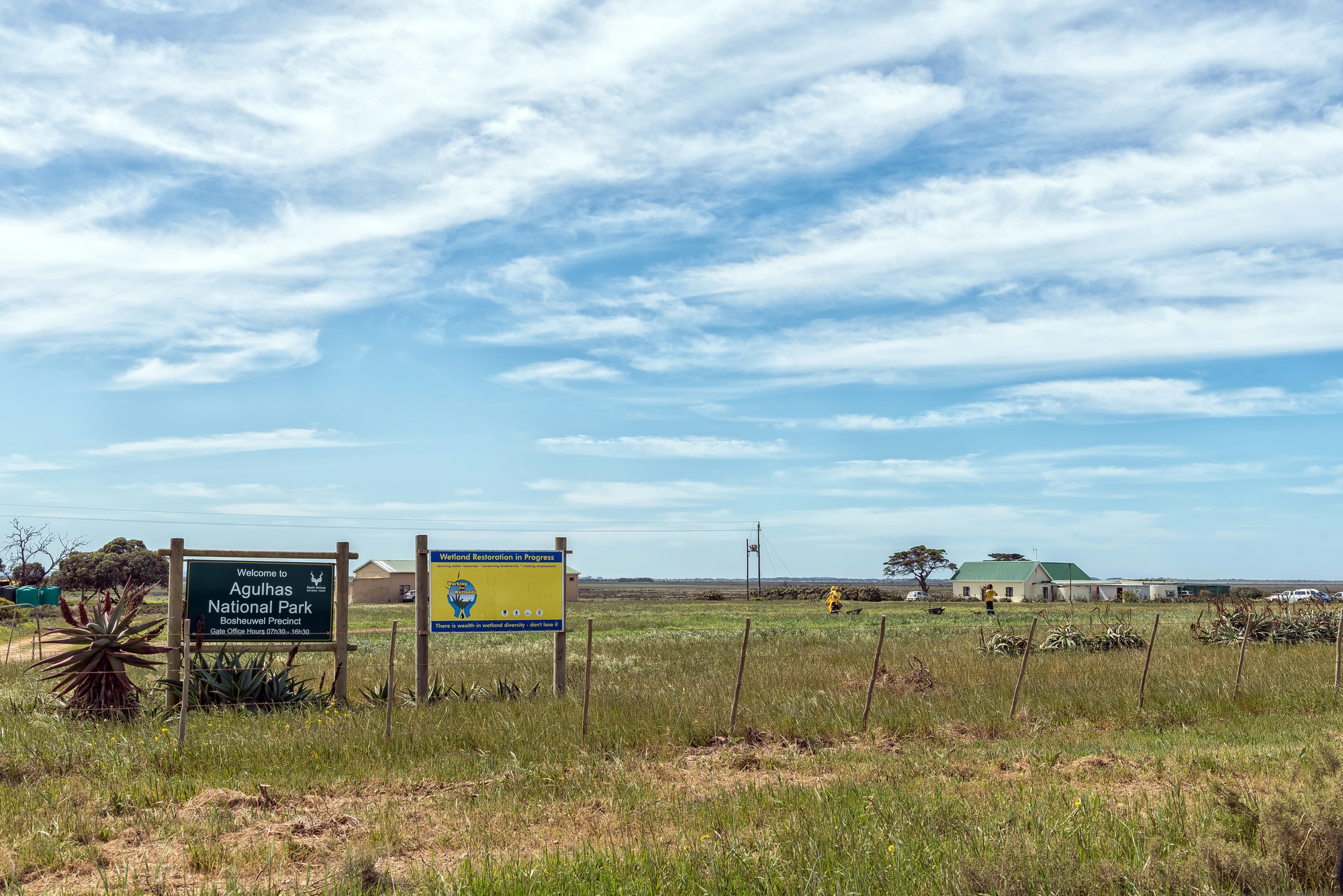
Located at Africa’s southernmost tip where the Atlantic and Indian Oceans officially meet, this park protects unique lowland fynbos vegetation and important coastal wetlands. The park encompasses Cape Agulhas, the continent’s southernmost point, marked by a simple stone cairn and lighthouse that has guided ships around the treacherous waters for over 150 years.
The coastline here is notorious for shipwrecks, with over 140 recorded wrecks creating artificial reefs that now support diverse marine life. The park’s inland areas protect rare plants adapted to the harsh coastal climate, including several species found nowhere else on Earth.
Postberg Nature Reserve

Open only during wildflower season from August to September, this section of West Coast National Park transforms into one of South Africa’s most spectacular floral displays. The reserve protects important populations of bontebok, eland, and red hartebeest that graze among the wildflowers, creating scenes that seem almost surreal in their beauty.
The coastal location moderates temperatures and provides the moisture necessary for the incredible diversity of annual plants that create the famous flower displays.
Goegap Nature Reserve

Though slightly inland from the coast, this Northern Cape reserve protects unique succulent karoo vegetation and offers access to some of South Africa’s most pristine desert coastline. The reserve’s 37,000 acres include dramatic granite outcrops, seasonal wildflower displays, and important populations of springbok, gemsbok, and other desert-adapted species.
The nearby coastline features massive sand dunes, rocky shores, and important seal breeding colonies that can be reached via 4×4 trails through the desert. The combination of desert and marine environments creates opportunities for unique wildlife photography and nature experiences found nowhere else in Africa.
Like Travel Pug’s content? Follow us on MSN.
Where Ocean Meets Wilderness
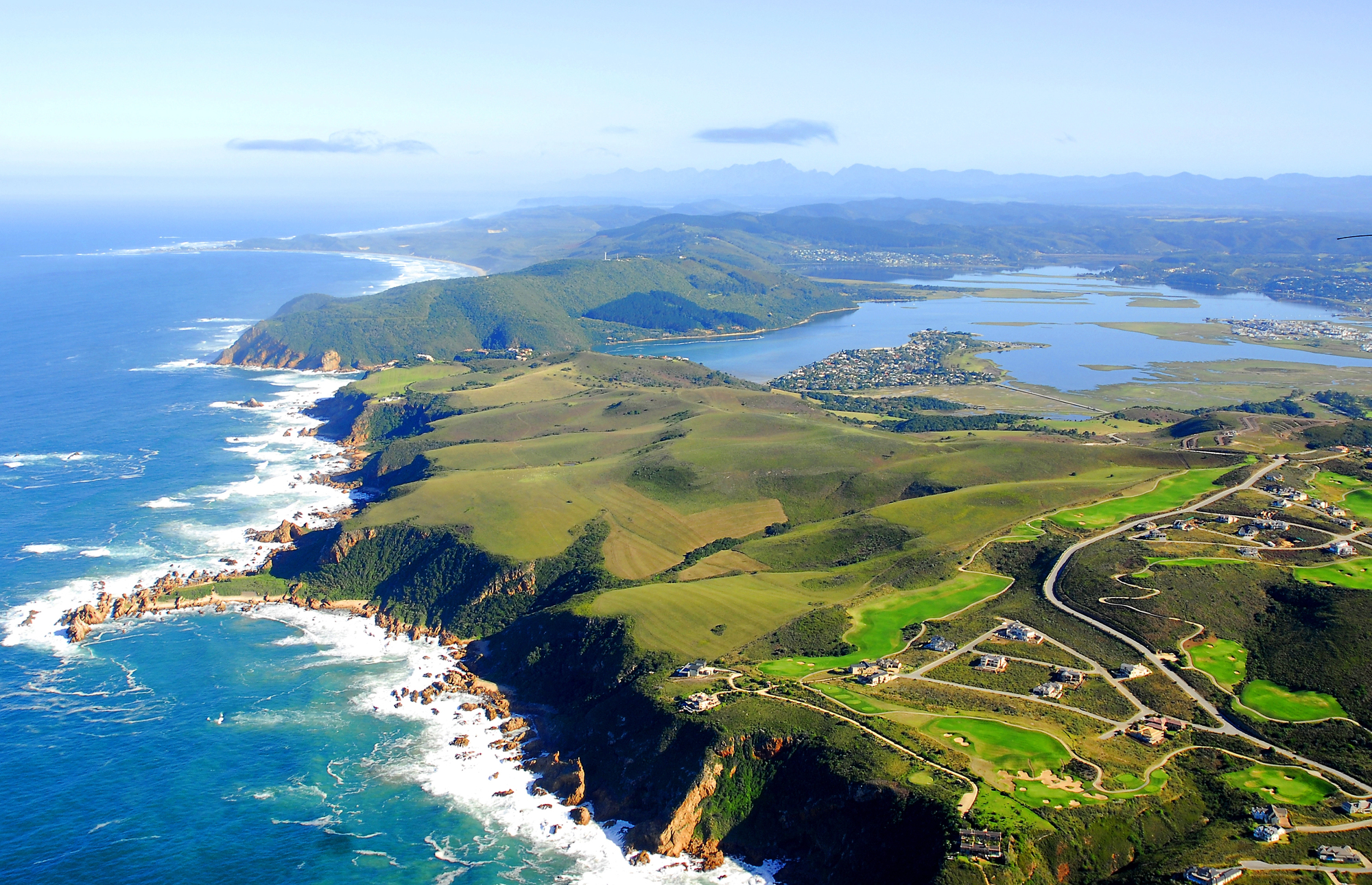
These coastal parks represent South Africa’s commitment to protecting the remarkable intersection between terrestrial and marine ecosystems that makes this country’s wildlife viewing so extraordinary. The success of conservation efforts in places like Addo and iSimangaliso shows how dedicated protection can restore wildlife populations while creating sustainable tourism opportunities for local communities.
Many of these parks now protect species that were once on the brink of extinction, from southern right whales recovering in protected bays to bontebok thriving in coastal fynbos landscapes. Today’s visitors can witness conservation success stories firsthand while experiencing the raw beauty of Africa’s coastline, where ancient migration routes still bring elephants to the sea and whales to sheltered bays.
More from Travel Pug

- 20 Best Beach Towns in the Carolinas
- 13 Destinations Where Tourists Regularly Regret Their Trip
- 20 Destinations That Are More Magical Without an Itinerary
- 20 Underrated Adventures That Belong on Your Travel List
- 20 Cities Where You Should Just Wing It, No Planning Required
Like Travel Pug’s content? Follow us on MSN.
